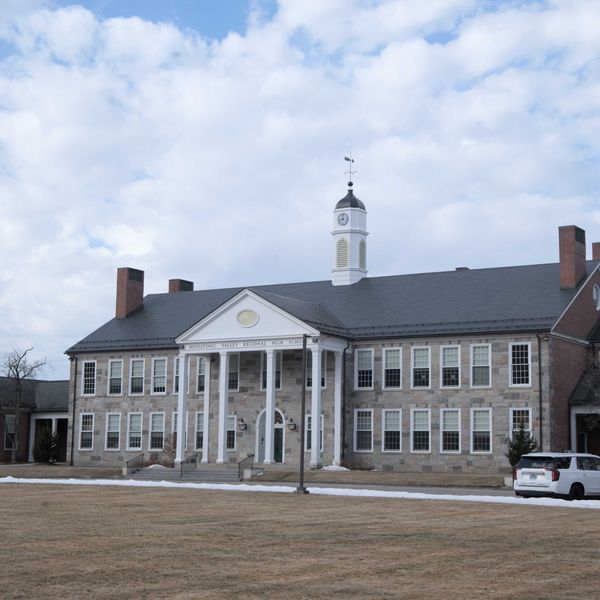From scraps to soil: Breaking down Connecticut’s composting trend
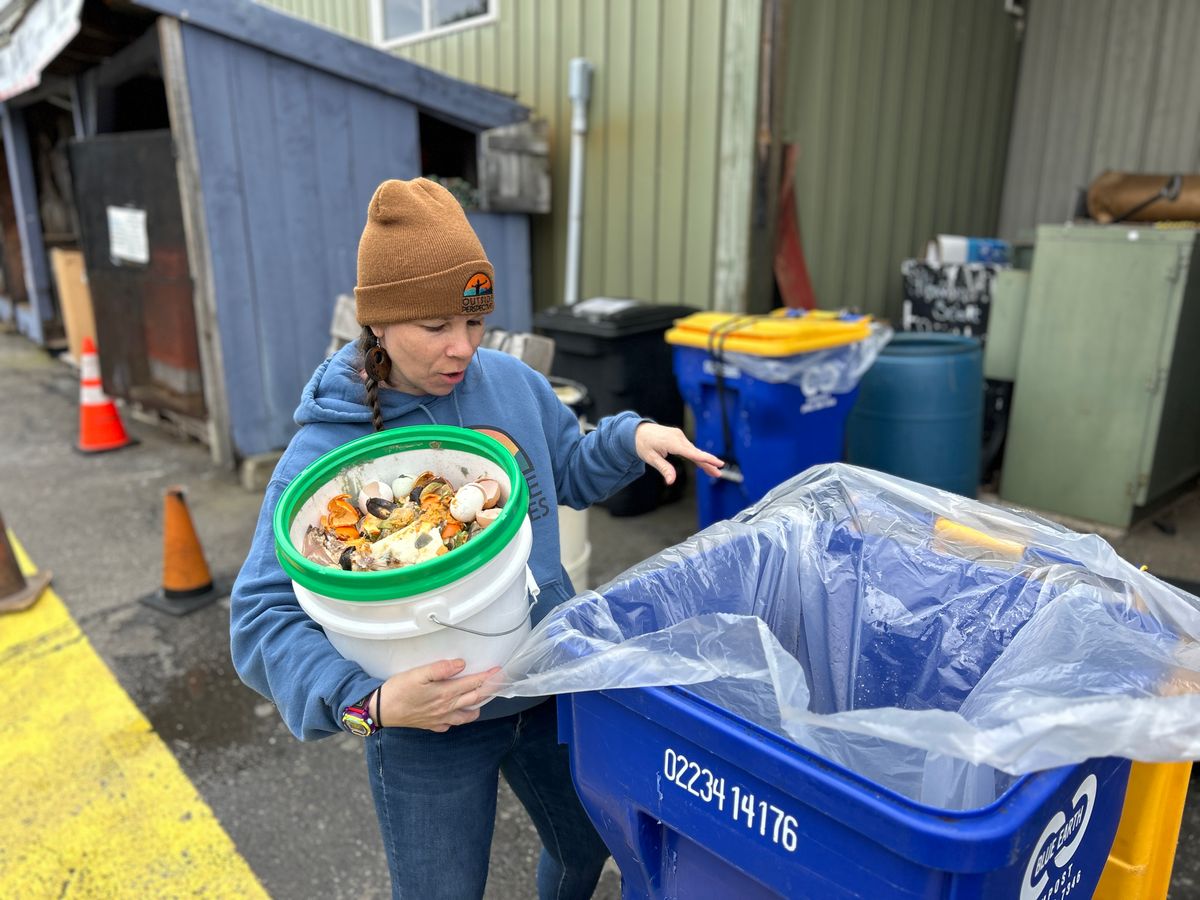
New Hartford resident Liza Bocchichio brought the household food scraps from her family of four to recycle at the Regional Transfer Station for Barkhamsted, Winchester, and New Hartford.
Jennifer Almquist
 Brian D. Bartram , Manager Salisbury/Sharon Transfer Station in Lakeville and Barbara Bettigole, Chair of Transfer Station Recycling Advisory Committee. Jennifer Almquist
Brian D. Bartram , Manager Salisbury/Sharon Transfer Station in Lakeville and Barbara Bettigole, Chair of Transfer Station Recycling Advisory Committee. Jennifer Almquist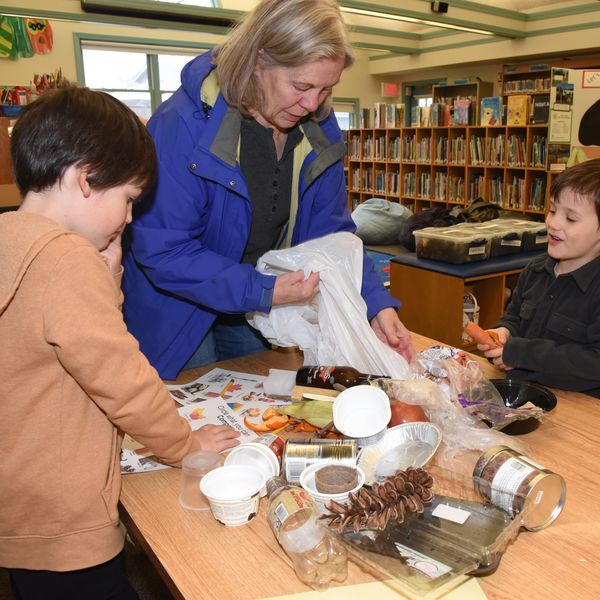
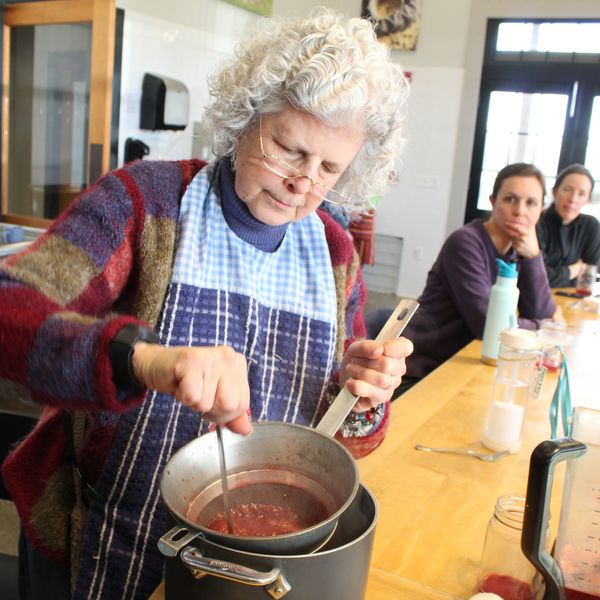

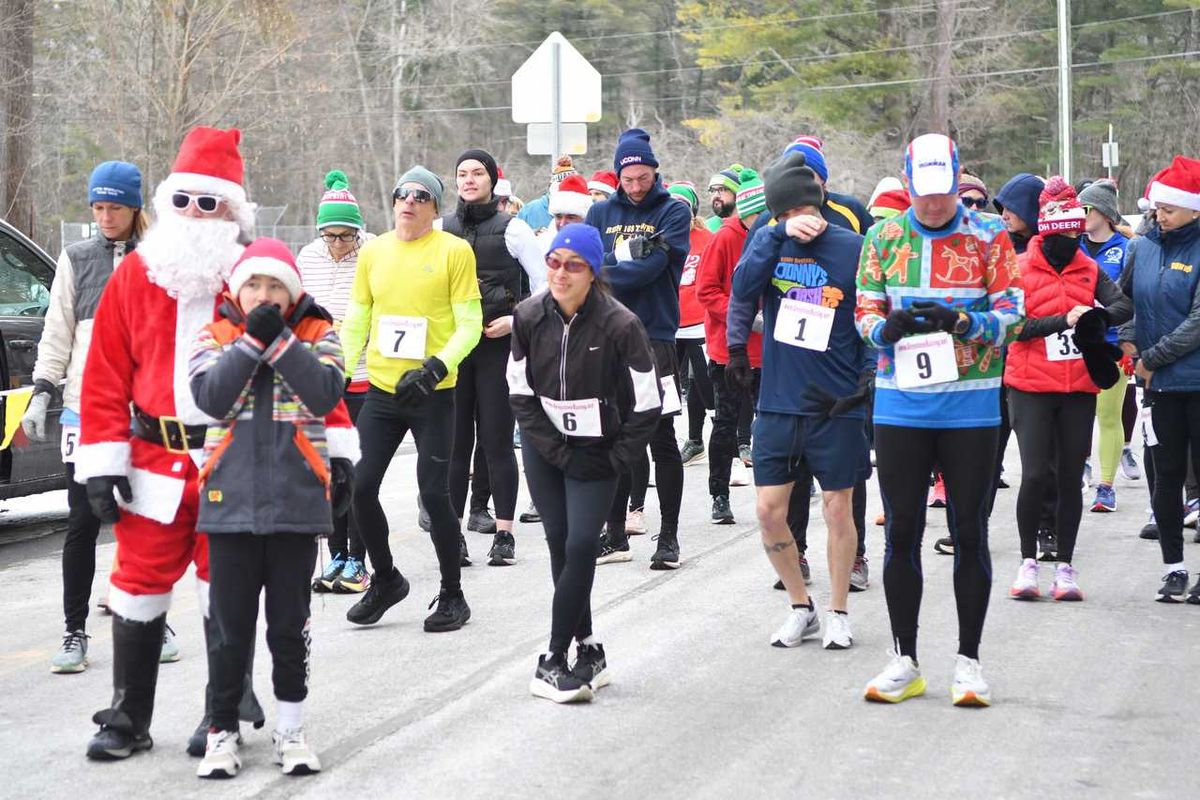
 Michael Mills of Goshen crosses the finish line to win the 5th Annual North Canaan Santa Chase 5K on Saturday, Dec. 13, ByJohn Coston
Michael Mills of Goshen crosses the finish line to win the 5th Annual North Canaan Santa Chase 5K on Saturday, Dec. 13, ByJohn Coston  Santa crosses the finish line at the 5th Annual North Canaan Santa Chase 5K By John Coston
Santa crosses the finish line at the 5th Annual North Canaan Santa Chase 5K By John Coston 



